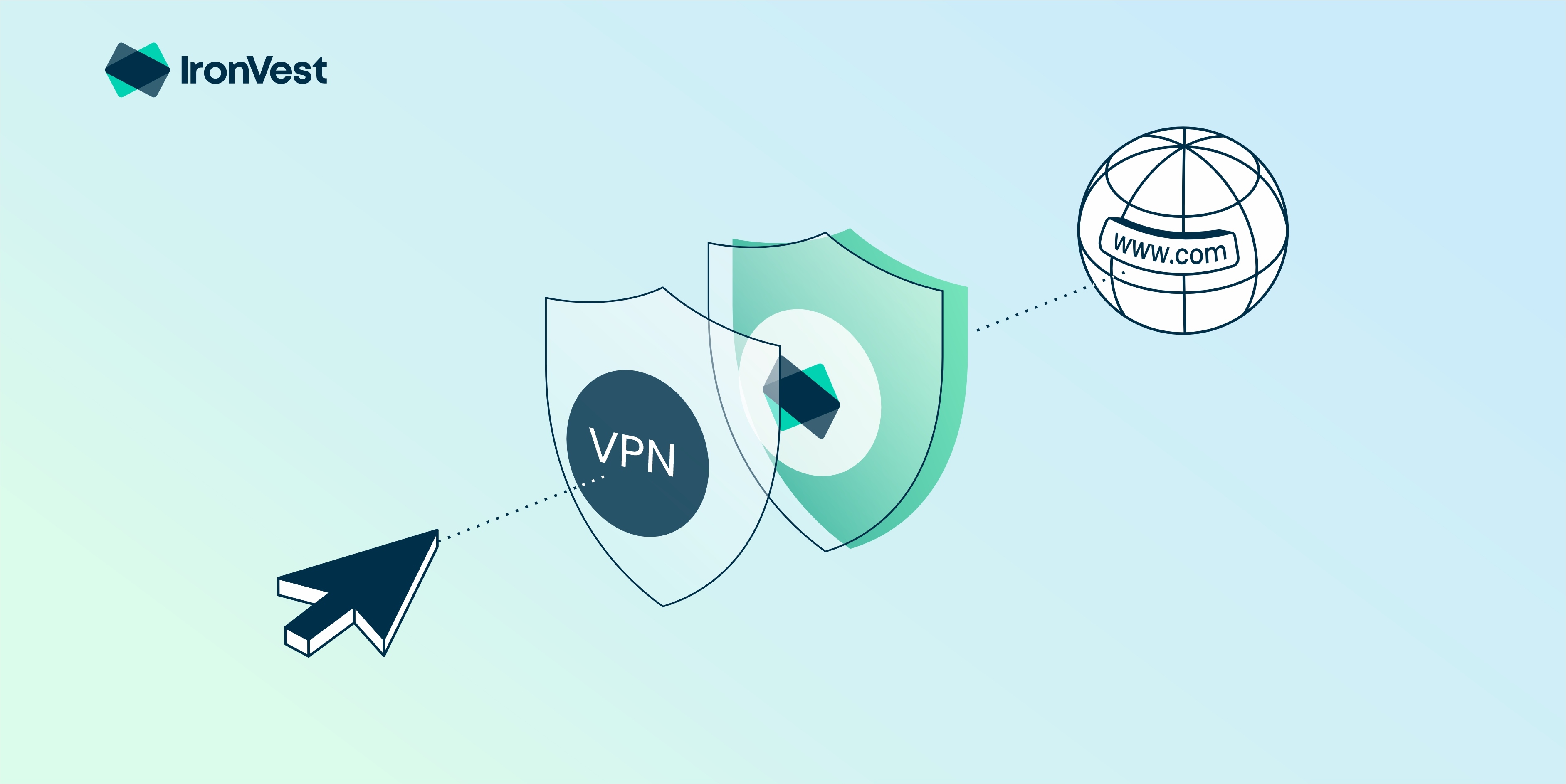Navigating the Complex World of Privacy Policies: What You Need to Know
In today’s digital landscape, understanding privacy policies has become increasingly important. Companies like Microsoft are stepping up to the plate, emphasizing their commitment to user privacy. With a partner network consisting of 829 organizations, the challenge remains: how can users navigate these policies while ensuring their data is handled responsibly?
Cookies and User Consent
Cookies play a crucial role in how companies interact with their users. Microsoft and its third-party partners utilize cookies to store unique IDs and access information necessary for providing services and personalized advertisements. Users can invoke their rights by selecting ‘Ich stimme zu’ to consent or opting to manage their preferences through the ‘Einstellungen verwalten’ link.
 Understanding the essentials of digital privacy
Understanding the essentials of digital privacy
This process allows users to maintain control over their data while navigating the digital ecosystem, but what does this mean in practical terms?
Data Processing and Geolocation
Another key aspect of these policies involves the processing of data for precise geolocation. Companies collect vital device attributes to enhance user experience by providing personalized content and advertisements. The need for such practices often stems from a legitimate interest in user engagement, which companies must balance with user consent.
“We process your data to provide content or advertisements and analyze their delivery.”
This statement emphasizes the importance of transparency in data handling and communication between users and service providers.
User Rights and Privacy Management
Microsoft’s approach to user privacy is comprehensive. Users have the right to consent to how their data is utilized, withdraw their agreement, or object to the processing of their data for certain purposes. The platform gives users the tools to manage these aspects effectively, advocating for user autonomy in an increasingly interconnected world. A pivotal part of this includes tracking user choices under the Transparency and Consent Framework adopted by partner providers to signal decisions made by users.
 Empowering users to take control of their privacy
Empowering users to take control of their privacy
To further ensure privacy, it’s vital to distinguish between different types of cookies utilized by the site.
Understanding Different Types of Cookies
- Essential Cookies: Critical for the basic functionalities of websites, ensuring features like user login and data flow between web servers work seamlessly.
- Social Media Cookies: These cookies allow users to share information across various social platforms.
- Advertising Cookies: Used to build user profiles and serve relevant ads on external sites.
- Analytics Cookies: Help companies understand how visitors use the website, allowing for improvements and adjustments to the user experience.
The Path Forward
As technology evolves, so too do the tools and strategies around data privacy and user consent. Companies must continue to educate their users about their rights and the implications of data sharing. For users navigating these digital highways, awareness and proactivity are your best defenses against unwanted data exposure.
In conclusion, while companies like Microsoft are paving the way for better privacy practices, users must stay informed and proactive in managing their digital footprints and personal information. For further reading on privacy policies and user rights, you can check the Datenschutzbestimmungen for more detailed insights and updates.
An evolving landscape of data protection
With vigilance and knowledge, users can transform their digital experiences into safer ones, navigating the complexities of privacy policies with confidence.


 Photo by
Photo by 












